Authors: Victoria Charles Klaus H. Carl With the collaboration of Rubn Cervantes Garrido Quoted texts by: Leon Battista Alberti, Charles Baudelaire, Vincenzo Carducci, Cennino Cennini, Paul Klee, John Ruskin, Giorgio Vasari, and Claude-Henri Watelet Layout: Baseline Co. Ltd 61A-63A Vo Van Tan Street 4 th Floor District 3, Ho Chi Minh City Vietnam Library of Congress Cataloging-in-Publication Data Charles, Victoria, editor of compilation. 1000 drawings of genius / authors, Victoria Charles and Klaus H. Carl. pages cm Summary: Long thought of as the neglected stepchild of painting, the art of drawing has recently begun to enjoy a place in the sun.
With major museums around the world, from the Met to the Uffizi, mounting exhibitions focused on the art of draughtsmanship, drawing is receiving more critical and academic attention than ever before. This captivating text gives readers a sweeping analysis of the history of drawing, from Renaissance greats like Leonardo da Vinci and Michelangelo, to Modernist masters like M.C. Escher, Pablo Picasso, and everyone in between-- Provided by publisher. Includes index. 1. I. I.
Carl, Klaus H., editor of compilation. II. Title. III. Title: One thousand drawings of genius. NC52.C49 2014 741.9--dc23 2014006510 Confidential Concepts, worldwide, USA Parkstone Press International, New York, USA Image-Bar www.image-bar.com Antonin Artaud, Artists Rights Society (ARS), New York, USA / ADAGP, Paris Giacomo Balla Estate, Artists Rights Society (ARS), New York, USA / SIAE, Rome Balthus (All rights reserved) Jean-Michel Basquiat Estate, Artists Rights Society (ARS), New York, USA / ADAGP, Paris Max Beckmann Estate, Artists Rights Society (ARS), New York, USA / VG Bild-Kunst, Bonn Hans Bellmer, Artists Rights Society, New York (ARS), USA / ADAGP, Paris Pierre Bonnard Estate, Artists Rights Society (ARS), New York, USA / ADAGP, Paris Georges Braque Estate, Artists Rights Society (ARS), New York, USA / ADAGP, Paris Alexander Calder, Calder Foundation New-York / ADAGP, Paris Marc Chagall Estate, Artists Rights Society (ARS), New York, USA / ADAGP, Paris Giorgio de Chirico Estate, Artists Rights Society (ARS), New York, USA / SIAE, Rome Francesco Clemente (All rights reserved) Salvador Dal, Gala-Salvador Dal Foundation / Artists Rights Society (ARS), New York / VEGAP, Madrid Andr Derain, Estate, Artists Rights Society (ARS), New York, USA / ADAGP, Paris Raoul Dufy Estate, Artists Rights Society (ARS), New York, USA / ADAGP, Paris Jacob Epstein (All rights reserved) Max Ernst Estate, Artists Rights Society (ARS), New York, USA / ADAGP, Paris Lyonel Feininger Estate, Artists Rights Society (ARS), New York, USA / VG Bild-Kunst, Bonn Othon Friesz, Artists Rights Society (ARS), New York / ADAGP, Paris Alberto Giacometti Estate, Artists Rights Society (ARS), New York, USA / ADAGP, Paris Estate of Arshile Gorky, Artists Rights Society (ARS), New York, USA / ADAGP, Paris George Grosz Estate, Artists Rights Society (ARS), New York, USA / VG Bild-Kunst, Bonn Raoul Hausmann, Artists Rights Society (ARS), New York, USA / ADAGP, Paris David Hockney (All rights reserved) Edward Hopper, Heirs of Josephine N.
Hopper, licensed by the Whitney Museum of American Art Jasper Johns / Licensed by VAGA-DACS, New York, USA / ADAGP, Paris David Jones, Artists Rights Society (ARS), New York, USA Frida Kalho, Banco de Mxico Diego Rivera & Frida Kalho Museums Trust. AV. Cinco de Mayo n2, Col. Centro, Del. Cuauhtmoc 06059, Mxico, D.F. AV. AV.
Cinco de Mayo n2, Col. Centro, Del. Cuauhtmoc 06059, Mxico, D.F. Georges Rouault Estate, Artists Rights Society (ARS), New York, USA / ADAGP, Paris Gino Severini Estate, Artists Rights Society (ARS), New York, USA / ADAGP, Paris Nicolas de Stal, Artists Rights Society (ARS), New York, USA / ADAGP, Paris Antoni Tpies Estate, Artists Rights Society (ARS), New York, USA / VEGAP, Madrid Maria Vieira da Silva, Artists Rights Society (ARS), New York, USA / ADAGP, Paris Louis Vuitton (All rights reserved) Andy Warhol Estate, Artists Rights Society (ARS), New York, USA All rights reserved. No part of this publication may be reproduced or adapted without the permission of the copyright holder, throughout the world. Unless otherwise specified, copyright on the works reproduced lies with the respective photographers, artists, heirs or estates.
Despite intensive research, it has not always been possible to establish copyright ownership. Where this is the case, we would appreciate notification. ISBN: 978-1-78310-949-4 1000Drawingsof Genius Contents
Contents
Introduction
This book aims to take the reader on a journey through the history of the art of drawing. As the pages advance, one can appreciate the evolution of Western art from the Late Middle Ages to the present day, as each chapter gives a visual account of the different artistic tendencies that coexisted in every century, with a generous selection of the great masters of each period. Every chapter is accompanied by a text written by a contemporary theorist or artist, in order to give the reader a better understanding of each periods concerns and approaches to art in general, and to drawing in particular. An extract from John Ruskins
The Elements of Drawing, first published in 1857, has been chosen as the general introduction to this history of Western drawing.
The focus, however, has not been placed on his detailed descriptions of how to practise the art of the line with the pen or pencil, or how to apply shade and colour. It may be of more interest to the reader to know the authors recommendations and warnings for those who desire to become artists. What is interesting about Ruskin is that he acts as a kind of link between the traditional and modern approaches to art. It is very possible that Ruskin may not, today, sound very modern; his sometimes strict recommendations seem to contradict the contemporary notion of absolute creative freedom. But while he retains many values of traditional art, Ruskin was also a champion of modern figures such as Turner and the Pre-Raphaelites at a time when it was not fashionable to be so, especially of the latter. Of course, these are the recommendations of only one particular art theorist, but Ruskin was a very important one.
It is very interesting to know which artists he considers best (and worst) for a young person to admire, as well as the literature he should read. Ruskins is a great example because it places the reader in a time when rigid academic values were beginning to be challenged; it is here that one finds the very roots of contemporary art: Preface. It may perhaps be thought, that in prefacing a manual of drawing, I ought to expatiate on the reasons why drawing should be learned; but those reasons appear to me so many and so weighty, that I cannot quickly state or enforce them. With the readers permission, as this volume is too large already, I will waive all discussion respecting the importance of the subject, and touch only on those points which may appear questionable in the method of its treatment. In the first place, the book is not calculated for the use of children under the age of twelve or fourteen. I do not think it advisable to engage a child in any but the most voluntary practice of art. If it has talent for drawing, it will be continually scrawling on what paper it can get; and should be allowed to scrawl at its own free will, due praise being given for every appearance of care, or truth, in its efforts.
It should be allowed to amuse itself with cheap colours almost as soon as it has sense enough to wish for them. If it merely daubs the paper with shapeless stains, the colour-box may be taken away till it knows better: but as soon as it begins painting red coats on soldiers, striped flags on ships, etc., it should have colours at command; and, without restraining its choice of subject [...], it should be gently led by the parents to try to draw, in such childish fashion as may be, the things it can see and likes, birds, or butterflies, or flowers, or fruit. In later years, the indulgence of using the colour should only be granted as a reward, after it has shown care and progress in its drawings with pencil. A limited number of good and amusing prints should always be within a boys reach: in these days of cheap illustration he can hardly possess a volume of nursery tales without good woodcuts in it, and should be encouraged to copy what he likes best of this kind, but should be firmly restricted to a few prints and to a few books. If a child has many toys, it will get tired of them and break them; if a boy has many prints, he will merely dawdle and scrawl over them; it is by the limitation of the number of his possessions that his pleasure in them is perfected, and his attention concentrated. [...]

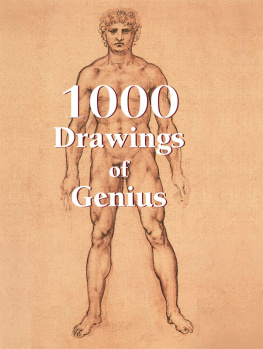
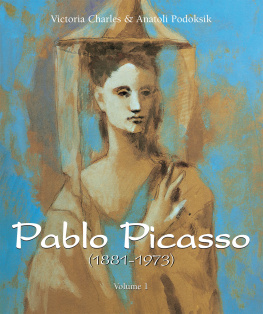
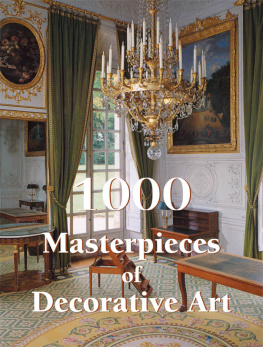
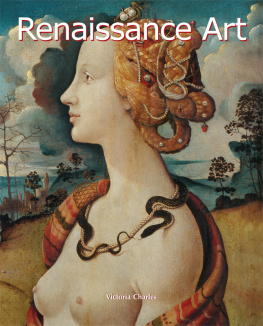
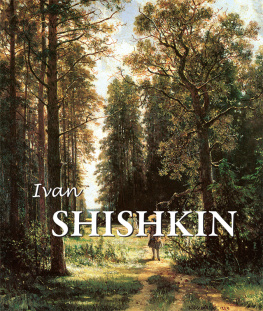
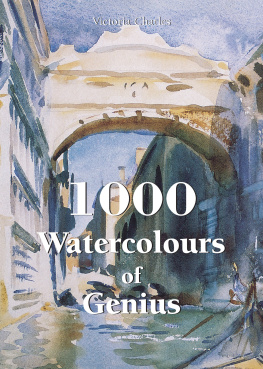
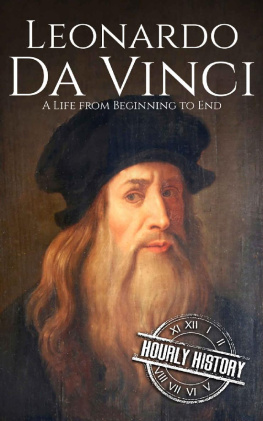
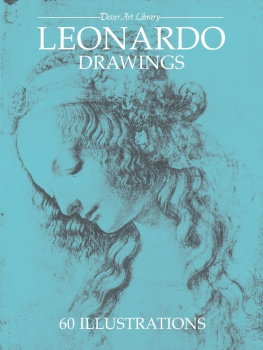
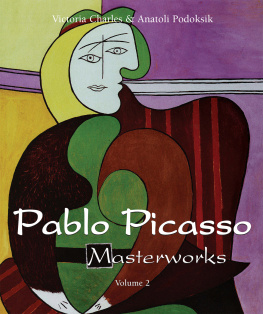

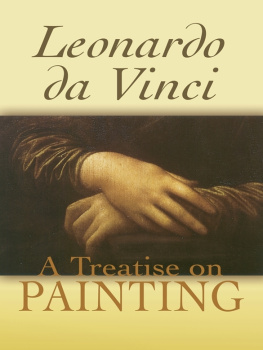
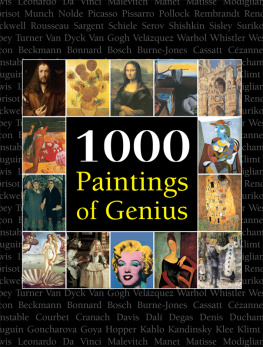
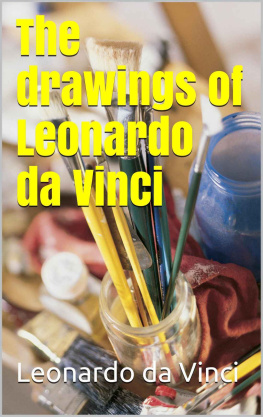
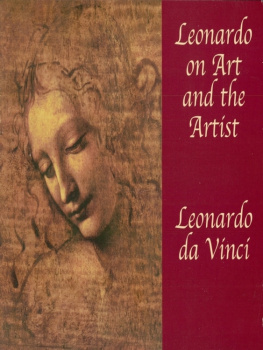
 Contents
Contents